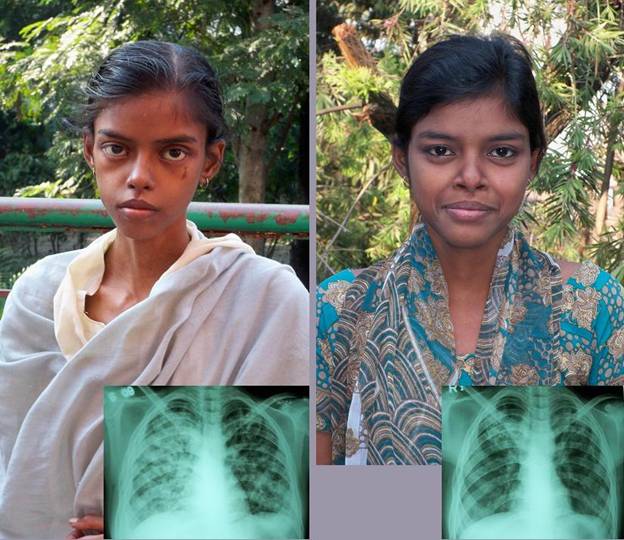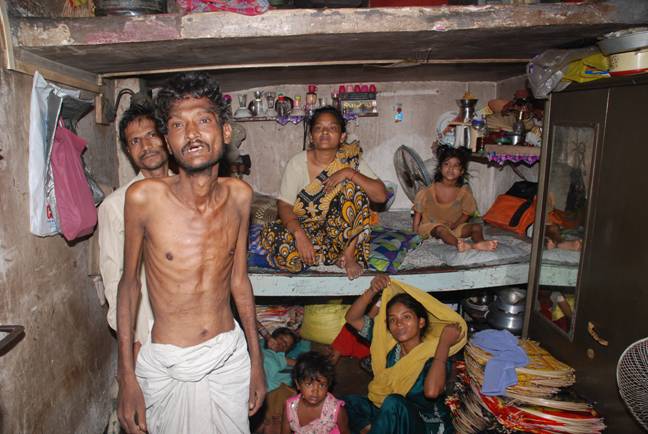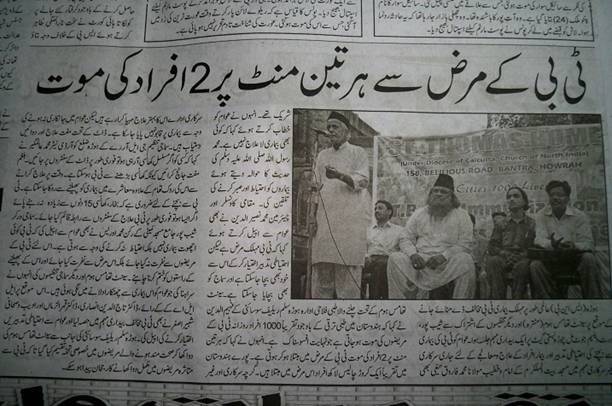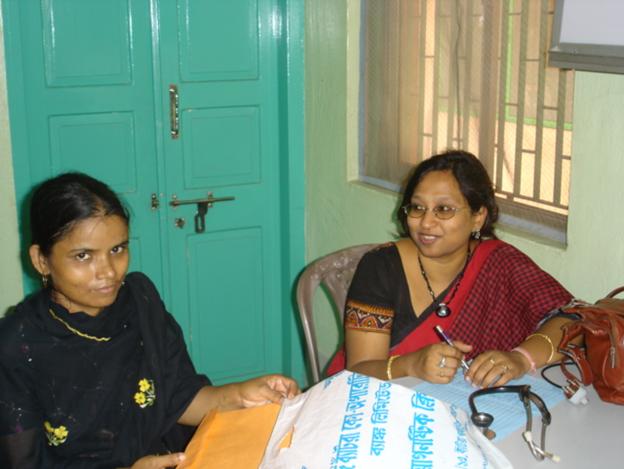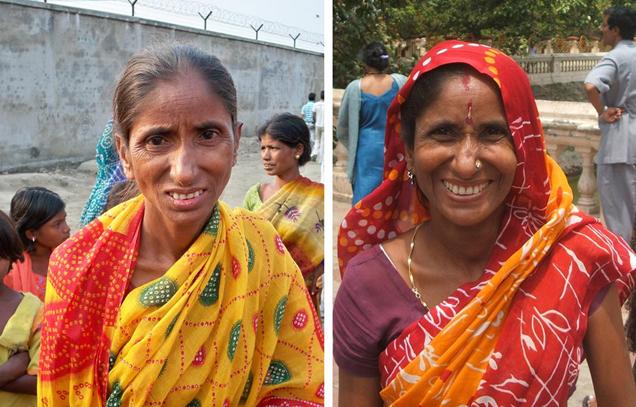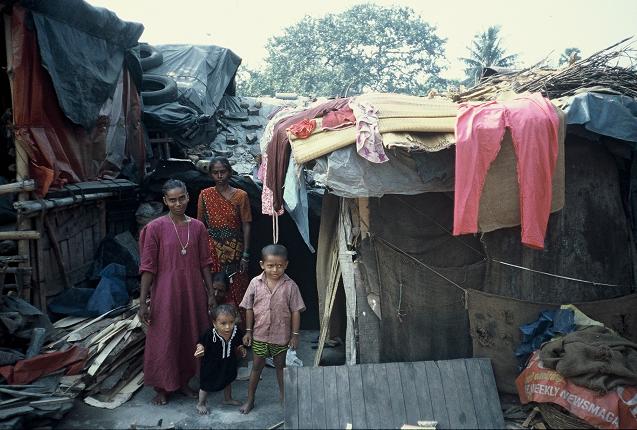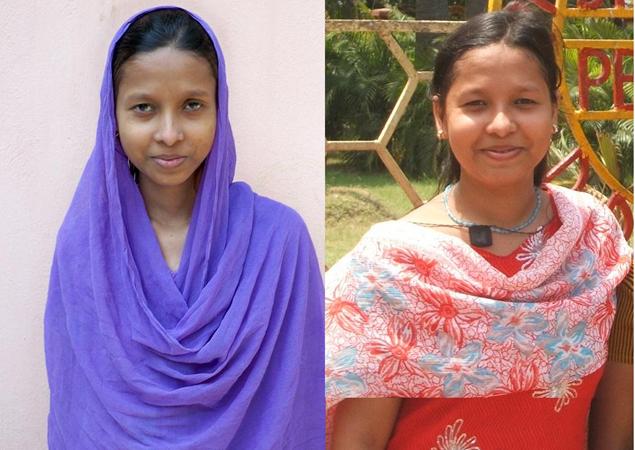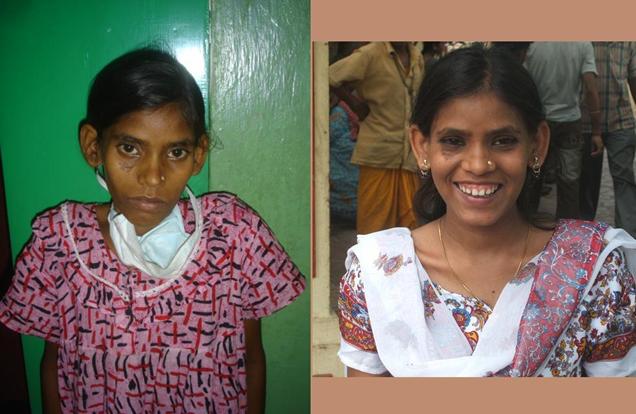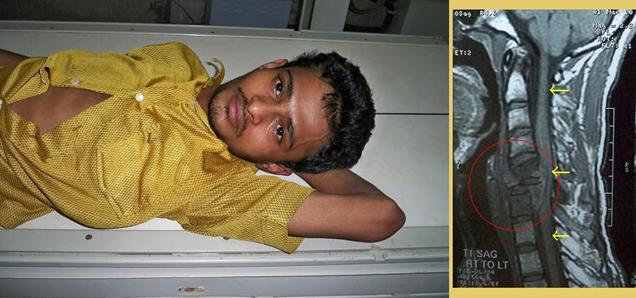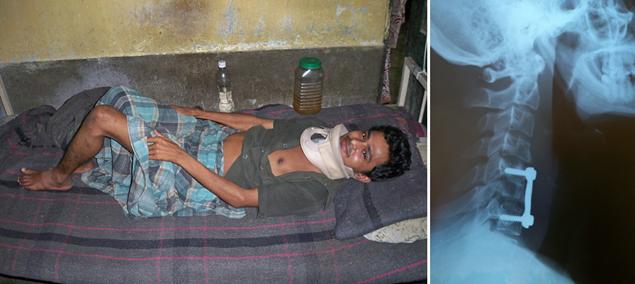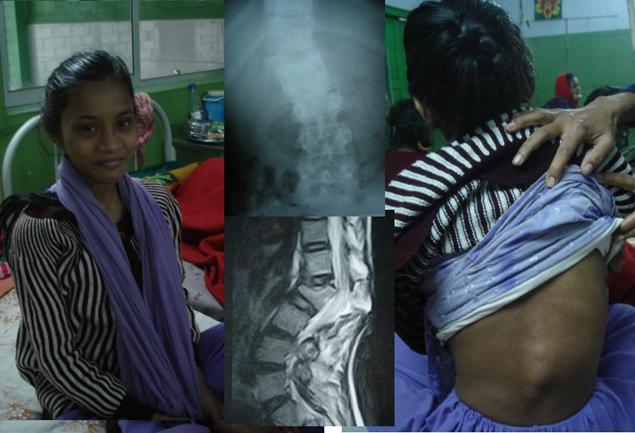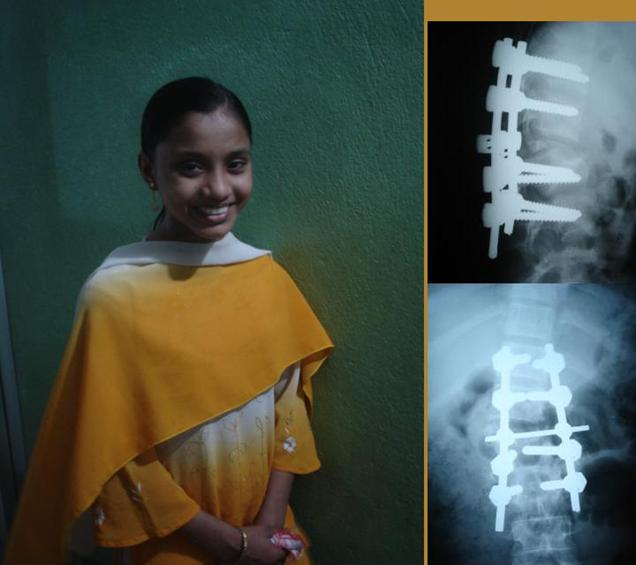 |
|
howrahtb
|
|
The Public Private Mix (PPM)-Project A disease like tuberculosis (TB) needs a standardized approach to its control. Any variety of different treatment schedules, applied by a variety of health providers, will just promote drug resistance, poor treatment outcomes and an escalating chain of infection. Tuberculosis doesn’t “forgive” any mistake of a doctor and doesn't forgive a weakness of a health system.
Once a substandard level-TB treatment has been given, or a patient has been allowed to default from a TB treatment, the chances to cure this patient decrease drastically. It is therefore paramount, that all the various health care providers who identify and treat TB-patients follow the national guidelines outlined by the RNTCP of India.
Congested living conditions of a TB patient and his family St. Thomas Home keeps regular contact with the private providers in the local slums. Regular conferences for the qualified doctors of Howrah on Tuberculosis are held in cooperation with the Indian Medical Association. Such meetings are much-needed forums for the direct interaction between the qualified doctors and the local health officials. Good and bad experience with the RNTCP can be expressed there. The private doctors are asked to refer their TB-suspects or TB-patients to St. Thomas' Home for further treatment under RNTCP. St.Thomas Home regularly addresses the local slum population directly in awareness camps about TB. In these awareness camps, the involvement of respected leaders from the local community is crucial to deliver acceptable messages about TB and what to do as a TB suspect.
There is an own OPD in St. Thomas' Home for TB-suspects or TB-patients refered by private doctors of Howrah. This referral OPD of St.Thomas Home is always overcrowded, and our good pulmonologist. Dr. Mita Roy Sengupta, examines every week high numbers of TB suspects according to the diagnostic standards. Through this referral system, every year around 500 TB-patients are identified and included in the RNTCP who otherwise would have taken their treatment in the private sector.
The TB treatments for individual TB patients are delivered through a network of DOT centers. There is one DOT center in St. Thomas Home itself, and five more DOT centers are located in the different slums served by the PPM project. The latter DOT centers get full technical supervision and financial support from the PPM project.
A patient with a sputum smear-positive pulmonary TB The overall treatment success rate of the referred TB-patient is 82% This treatment success rate doesn’t convince fully. Reasons for loss of patients are rooted in the living conditions of the local migrant workers population and in the overburden of St. Thomas Home to manage the high number of referred TB patients. Furthermore, mostly serious and drug-resistant TB-patients are referred by the private doctors to St. Thomas' Home.
It is a challenge to guide them in health matters:
To give a breakfast doesn’t sound very innovative, but in fact it contributes a lot to an improved treatment adherence.
In these refresher courses, the DOT providers inject under supervision in big fruits like melons or grapefruits, with a feeling resembling that of an intramuscular injection. The GNM nurse observes the maintenance of the sterility of the injection and the correct disposal of the sharp waste.
A patient with a sputum smear-positive multidrug-resistant TB
Much more remains to be done, and the quality of the services of Bantra St. Thomas Home Welfare Society and its attached centers in the PPM network will be in the focus of attention also in future. Only qualified and customer-friendly services will attract and convince TB patients and lead them up to cure of the disease.
During her treatment, we found Afroz reliable and compliant. Years after her cure, the PPM project opened a DOT center in her area, the Chowrah Bustee, an extremely overcrowded urban slum in the city of Howrah. Meanwhile there are 50 TB patients under treatment in this DOT center. Afroz Jahan was engaged as a local health worker and DOT provider and went through a training at St. Thomas Home. Meanwhile, Afroz is a dedicated staff of the PPM project in her area. She doesn’t allow any TB patient to default. It is an old experience that cured TB patients can perform well as TB staff later on. The steel implant is still in Afroz`s back, but nowadays, there are only few persons who still remember this fact.
Afroz Jahan after her cure It is in our own hands how the TB epidemic impacts Howrah. Every patient diagnosed as having TB has initially a nearly 100% - chance to be cured, and we, the health care professionals, can turn this chance to the favor of the patient, or we can spoil this chance and endanger the patients live. All depends on our performance towards the individual patients, our knowledge and our level of organization.
|
- Home
- History
- PPM Project
- Immunization
- Indoor
- Outdoor
- Photo gallery
- Reports
- Awareness
- Ni-Kshay Mitra
- Contact
Copyright © 2010-2015 - www.howrahtb.com. All Rights Reserved
Site best viewed in IE 7 (1024*768) and above. If you have an older version of Internet Explorer, please upgrade your browser.
